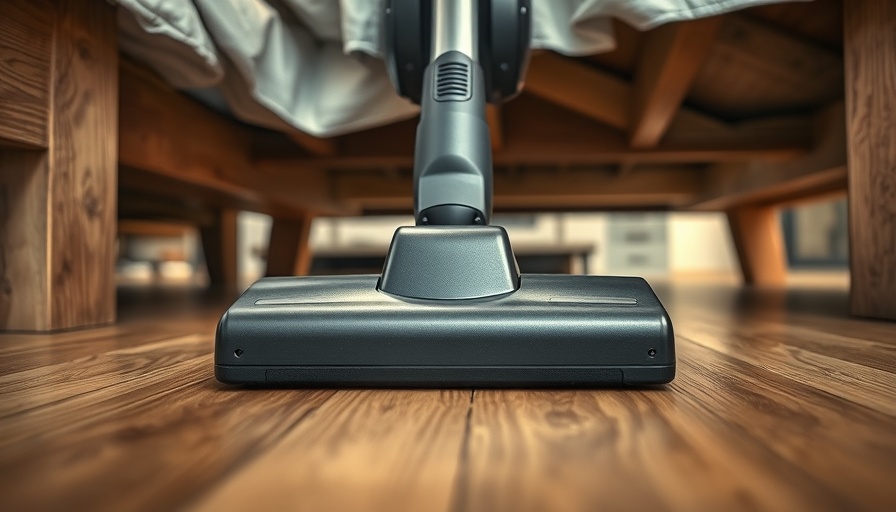
Vacuuming: The Unseen Hero of Home Maintenance
It’s no secret that a well-maintained home is a happy home. Yet, one task often gets overlooked in our weekly cleaning routines: vacuuming. While we all know the importance of keeping our floors free from dirt and dust bunnies, there are several spots in your home that require a good vacuuming simply to keep things fresh and allergy-free. Here’s a look into four places that deserve more love from your vacuum, and why they matter.
1. Underneath Furniture: The Dusty Abyss
When was the last time you moved that coffee table? If you can’t quite recall, you’re not alone. Underneath furniture is notorious for collecting dust and crumbs – the prime real estate for allergens. Dust mites, pet dander, and even food particles gather in these forgotten corners, adding to poor indoor air quality. Make it a habit to vacuum underneath and behind your furniture weekly to keep your living spaces clean and inviting.
2. Behind Appliances: The Hidden Danger Zone
Your refrigerator and stove might provide sustenance and comfort, but what lurks behind them could send shivers down your spine! Grease, crumbs, and sometimes even a rogue sock can stow away in this dark zone. Vacuuming this area not only prevents unsightly odors but also mitigates fire hazards caused by built-up grease. Weekly checks make your kitchen safer and more pleasant.
3. Upholstery: More Than Just a Seat
Your couch may be the best spot for binge-watching your favorite series, but it’s also a magnet for dust, pet hair, and possibly the remnants of last week’s snack. Upholstery can trap allergens and bacteria, making it essential to incorporate vacuuming into your weekly cleaning schedule. Use the upholstery attachment on your vacuum to deep clean those fabric surfaces, prolonging their life and keeping them looking fresh.
4. Light Fixtures and Ceiling Fans: The Dust Collectors
As the unsung heroes of illumination, light fixtures and ceiling fans often get the short end of the stick when it comes to cleaning. Yet, these often-neglected spots harbor dust that can be blasted into the air once the bulbs glow. A simple vacuuming will not only enhance the appearance of your fixtures but will also ensure cleaner air. Incorporating this habit into your cleaning routine will keep your home shining bright and free from dust contamination.
Conclusion: The Subtle Power of a Vacuum
While vacuuming floors is a given, expanding your cleaning efforts to these often-overlooked areas can transform your home environment. Not only does it enhance the aesthetic appeal, but it also fosters a healthier living space. So, grab your vacuum, make it your friend, and let it do the heavy lifting. After all, a clean home is not just a joy to live in but also a boon for your health!
So the next time you think about cleaning, set a reminder for these spots. Your sneezing self will thank you!
 Add Row
Add Row  Add
Add 



Write A Comment